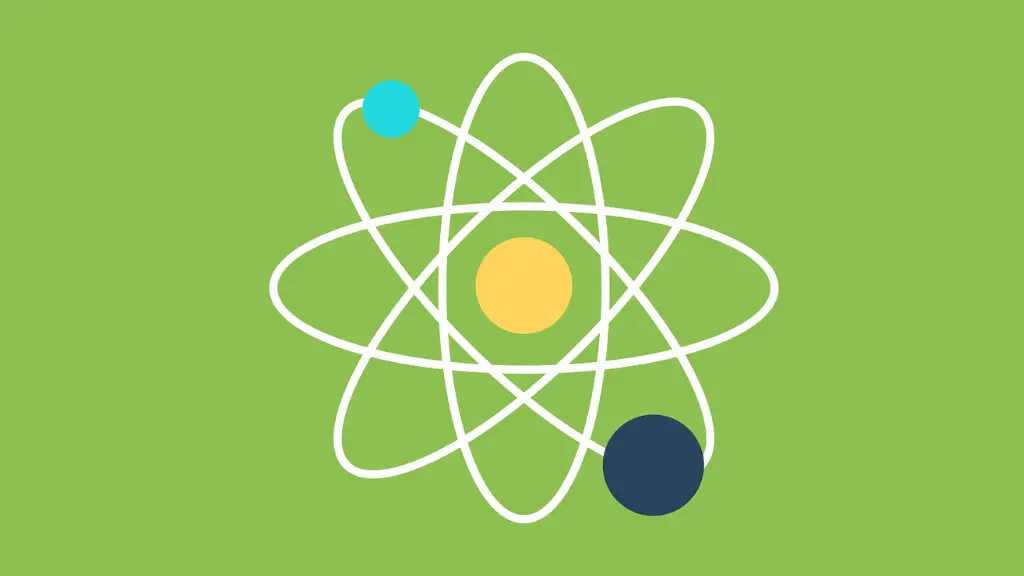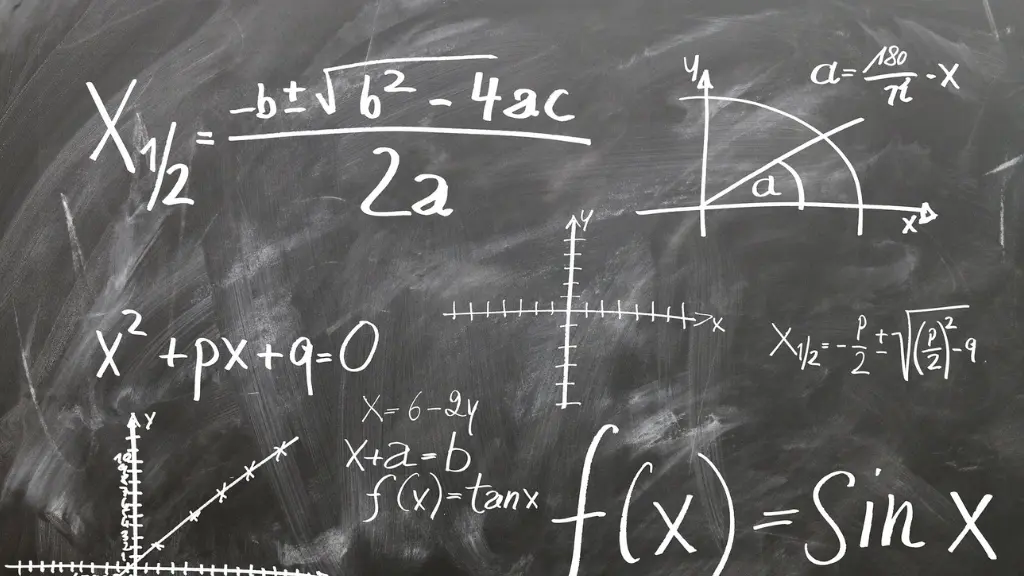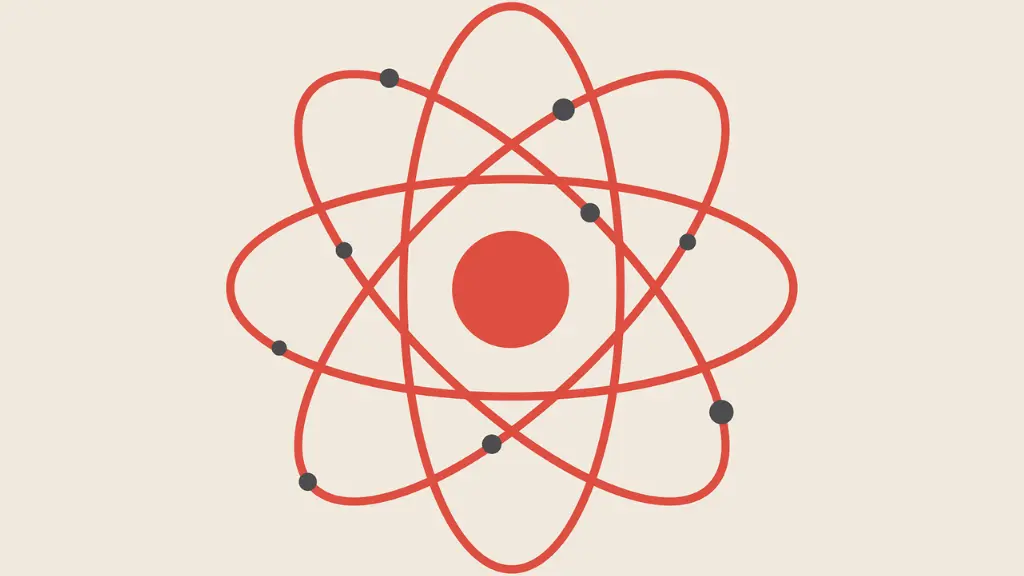

As a student, I understand the struggle of trying to comprehend complex physics concepts. That’s why I turned to AP Physics tutorials to help me succeed in my coursework. These tutorials provide a wealth of information and resources to help students grasp difficult topics and prepare for the AP Physics exam.
AP Physics tutorials are designed to supplement classroom learning and provide additional support to students. They cover a wide range of topics, from mechanics and electricity to thermodynamics and quantum mechanics. These tutorials are often created by experienced educators and scientists who have a deep understanding of the subject matter and can explain it in a clear and concise manner.
Whether you’re struggling to understand a particular concept or looking to reinforce your knowledge, AP Physics tutorials can be a valuable resource. They offer a variety of learning tools, such as videos, practice problems, and interactive simulations, to help students master the material. With the help of these tutorials, students can feel confident and prepared when it comes time to take the AP Physics exam.

As a student, I found ap physics tutorials to be one of the most challenging courses in high school. Nevertheless, armed with appropriate support and resources, the journey can unfold into a deeply fulfilling endeavor. In this section, I will provide an overview of AP Physics and some helpful resources to aid in your understanding of the subject.
AP Physics 1 is an algebra-based course that covers a wide range of topics, including mechanics, waves, and thermodynamics. The course is designed to introduce students to the fundamental principles of physics and to develop their problem-solving skills. To succeed in this course, it is important to have a solid understanding of algebra and basic trigonometry.
One of the best resources for ap physics tutorials 1 is Khan Academy. Their online tutorials cover all of the topics in the course and include practice problems to help students reinforce their understanding. The videos are clear and concise, making it easy to follow along and learn at your own pace.
AP Physics C is a calculus-based course that covers ap electricity and magnetism. This course is more advanced than AP Physics 1 and requires a strong foundation in calculus. However, it is a great option for students who are interested in pursuing a degree in physics or engineering.
Khan Academy also offers a comprehensive set of tutorials for ap physics tutorials C. Their videos cover all of the topics in the course and provide detailed explanations of the calculus-based concepts. Additionally, they offer practice problems and quizzes to help students prepare for ap physics c electricity and magnetism exam.
In conclusion, AP Physics can be a challenging but rewarding course. With the right resources and guidance, students can develop a strong understanding of the fundamental principles of physics and develop their problem-solving skills. Khan Academy is an excellent resource for both AP Physics 1 and ap physics tutorials C, providing clear and concise tutorials and practice problems to aid in your understanding.

As an AP Physics tutor, I have found that one of the most fundamental topics in the Electricity and Magnetism section is understanding electric charges and fields. In this subsection, we explore the basic properties of electric charges, the Coulomb’s law, and how to calculate electric fields.
Moving on to the next subsection, Electric Potential and Energy, we delve into the concept of electric potential, potential difference, and electric potential energy. We also learn about equipotential surfaces, which are essential in understanding electric fields.
Lastly, we have Magnetic Forces and Fields. In this subsection, we learn about the basic properties of magnets and how they interact with each other. We also explore the concept of magnetic fields, how to calculate them, and how they interact with moving charges.
Overall, mastering the fundamentals of Electricity and Magnetism is essential in achieving success in the AP Physics Electricity and Magnetism exam. By using tables, lists, bold, and italic formatting, we can make the information easier to understand and remember.

As an experienced AP Physics tutor, I have seen that Electricity and Magnetism is one of the most challenging topics for students. However, with the right guidance and practice, students can master this topic and excel in their exams.
Electrostatics is the study of electric charges at rest. In this topic, students will learn about Coulomb’s Law, electric fields, and electric potential. It is crucial to understand the concept of electric fields and their relationship with electric charges to solve problems related to electrostatics.
In this subsection, students will learn about conductors, capacitors, and dielectrics. They will understand the concept of capacitance and how it varies with the geometry of the conductors and dielectrics. Students will also learn about the energy stored in capacitors and how to calculate it.
Electric circuits involve the flow of electric charges. Students will learn about Kirchhoff’s laws, resistors, capacitors, and inductors. They will also learn about the behavior of circuits under different conditions, such as AC and DC circuits.
Magnetic fields are generated by moving charges. In this topic, students will learn about the behavior of magnetic fields and their interaction with electric charges. They will also learn about the relationship between magnetic fields and electric currents.
Electromagnetism explores the correlation between electric and magnetic fields. Students will learn about Faraday’s Law and Lenz’s Law, which are crucial in understanding the behavior of electromagnetic induction.
In conclusion, AP Physics C: Electricity and Magnetism is a challenging yet fascinating topic. With the right guidance and practice, students can master this topic and excel in their exams.

As an AP Physics student, I know how challenging it can be to grasp complex concepts and solve problems. Fortunately, there are many online resources available to help students like me succeed. In this section, I will discuss the benefits of online tutoring and how to choose the right tutor for your needs.
When selecting an online AP Physics tutor, it’s essential to find someone who can provide clear explanations and personalized instruction. Look for tutors with experience teaching ap physics tutorials and a strong track record of helping students improve their grades. You can also check their credentials, such as their education and certifications.
Considering the instructor’s teaching methodology and approach is equally crucial. Some tutors may use a more traditional lecture-style format, while others may use interactive methods such as problem-solving sessions and simulations. Choose a ap physics tutor online whose style matches your learning preferences and needs.
Online tutoring presents numerous advantages compared to traditional face-to-face tutoring. Among these, flexibility stands out as a particularly noteworthy benefit. With online tutoring, you can schedule sessions at a time that is convenient for you, and you don’t have to worry about commuting to a physical location.
Online tutoring also allows for personalized instruction and one-on-one attention. Tutors can tailor their lessons to your specific needs and provide individualized feedback on your progress. Additionally, ap physics tutorials can be more affordable than in-person tutoring, making it accessible to students on a budget.
In conclusion, online ap physics tutorials can be an effective way to improve your understanding of the subject and boost your grades. By choosing the right tutor and taking advantage of the benefits of online learning, you can achieve your academic goals and succeed in AP Physics.

As an ap physics tutorials, I have found that practical applications are an important aspect of learning. In this section, I will discuss some of the ways in which physics concepts are applied in real-world scenarios, as well as the role of lab experiments and simulations in understanding these concepts.
Ap physics tutorials concepts are used in a variety of real-world scenarios, from designing roller coasters to developing new technologies. For example, understanding the laws of motion is essential for designing safe and thrilling roller coasters. Physics concepts are also used in the development of new technologies, such as medical imaging devices and renewable energy sources.
One of the most interesting applications of physics is in the field of astrophysics. By studying the behavior of celestial objects, astrophysicists can gain insights into the fundamental laws of the universe. For example, the study of black holes has led to new understandings of gravity and the nature of space-time.
Lab experiments and simulations are an important part of learning physics concepts. They allow students to explore the behavior of physical systems in a controlled environment, and to test their understanding of concepts such as Newton’s laws of motion and the conservation of energy.
In the lab, students can conduct experiments to measure the acceleration of objects, the force required to move an object, and the energy required to perform work. They can also use simulations to explore the behavior of complex systems, such as the motion of planets in our solar system.

Preparing for an ap physics tutorials can be daunting, but with the right strategies, you can feel confident and prepared. Here are some exam preparation strategies that I have found to be effective:
Creating a study schedule is an essential part of preparing for any exam, including ap physics tutorials. A study schedule helps you to stay organized and on track with your studying. When creating a study schedule, consider your other commitments, such as work or extracurricular activities, and plan your study time accordingly. It’s also important to include breaks in your study schedule to avoid burnout.
One of the best ways to prepare for an ap physics tutorials is to practice solving problems. Practice problems help you to apply the concepts you have learned and identify areas where you may need more practice. When practicing problems, start with the easier ones and work your way up to the more challenging ones. You can find practice problems in your textbook, online, or in review books.
Time management is crucial when preparing for an ap physics tutorials exam. It’s important to make the most of your study time by focusing on the most important topics and concepts. Prioritize your studying based on the weight of each topic on the exam. It’s also important to manage your time during the exam itself. Make sure to read the instructions carefully and allocate your time wisely to ensure that you have enough time to answer all the questions.
In summary, creating a study schedule, practicing problems, and managing your time are essential exam preparation strategies for ap physics tutorials. By following these strategies, you can feel confident and prepared for exam day.

As you continue your ap physics tutorials, you may find it helpful to seek out additional resources beyond your textbook and class notes. Here are some alternatives for your consideration:
One great way to supplement your learning is by participating in online forums dedicated to ap physics tutorials. These forums allow you to connect with other students and teachers who are also studying the subject. Feel free to inquire, exchange perspectives, and glean insights from the collective experiences of the community.
Some popular AP Physics forums include:
In addition to online forums, there are many books and study guides available to help you prepare for the ap physics tutorials exams. here are several ap physics tutorials alternatives:
Overall, practical applications are an important aspect of learning ap physics tutorials. By understanding the real-world scenarios in which physics concepts are applied, and by conducting lab experiments and simulations, students can gain a deeper understanding of the fundamental laws of the universe.

Remember, there’s no one “right” way to study for the ap physics tutorials exams. It’s important to find the resources and strategies that work best for you. With the help of online forums, study guides, and other resources, you can feel confident and prepared as you approach test day. See more articles like this by clicking here: Biomedical Science Neuroscience: Exploring the Intersection of Biology and Brain Function.